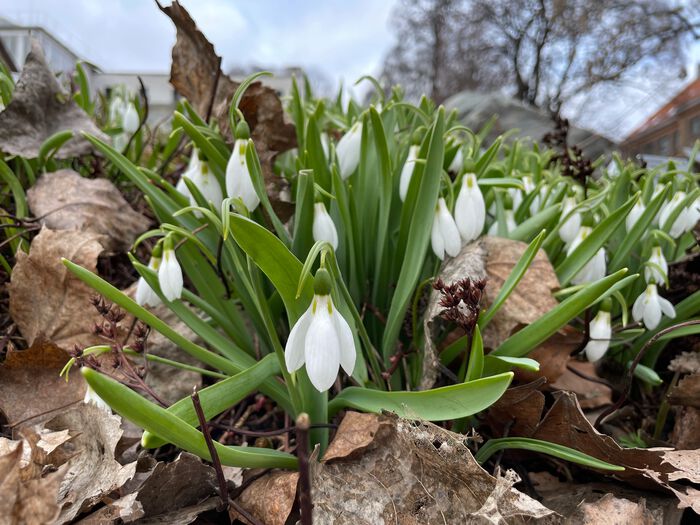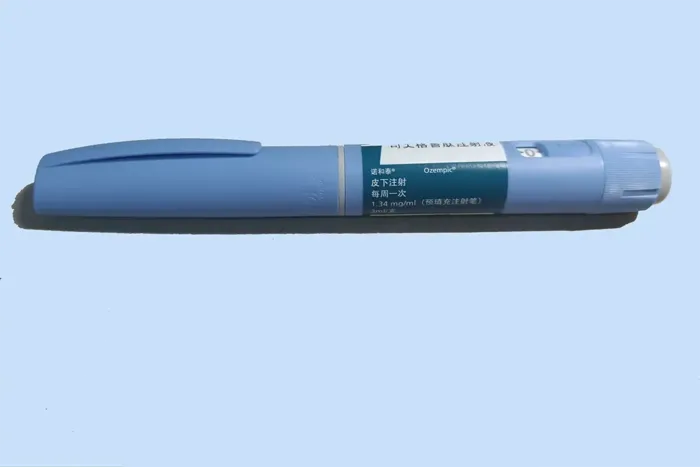Towards the end of the 8th century the Viking chieftain Ottar (Ohthere), from Hålogaland in northern Norway, was visiting Haithabu in todays Germany. He brought furs and walrus ivory, that he delivered as gifts to King Alfred the Great of Wessex.
The meeting between Ottar and King Alfred is written in ”Historia ecclesiastica gentis Anglorum”, and this is also the text where Norway is mentioned for the first time in history. Ottar tells King Alfred about his travels and his visit to Haithabu on the way to Wessex.
Such historical accounts have provided tantalising ideas about possible early movement of goods from Northern Norway to central Europe, but scientific evidence was inconclusive. Now scientists have been able to use DNA preserved in old fish bones to solve this exciting part of history!
You can also read this article in Norwegian

Haithabu and Hålogaland
Haithabu was an important Danish settlement during the Viking age. Today the area is a part of Germany. Haithabu is also known from the TV-series Vikings.
Hålogaland (Helgoland) was a name used for some of the northern parts of Norway.
Ancient DNA
Every living organism contains DNA, yet this DNA degrades over time after an organism dies. Researchers have now found that ancient fish bones can still contain enough DNA to give us information about the past.
Researchers at the Centre for Ecological and Evolutionary Synthesis (CEES) at the Department of Biosciences, University of Oslo have developed methods to extract DNA from brittle fish bones.
"How is it to work with something that is so brittle?"
"Working with fish bone is rather easy, perhaps counter intuitively. In order for DNA to be extracted, these bones need to be finely ground up, and for fish this is very easy to do. For some species that we're investigating (for instance walrus) grinding the bones can be difficult as the material is very hard. Fish bones are, once they are carefully recovered, relatively simple to work with in the laboratory", says Bastiaan Star, one of the researchers behind the study.
Norway’s first export?
The fish bones can answer an old assumption that until now has been difficult to prove. Cod has a widespread distribution around the coasts of northern Europe, and it is therefore difficult to say exactly where the cod bones from archaeological excavations are from.
Archaeologists have assumed that stockfish has been an important part of trade for Vikings from the early days. Yet evidence from classical archaeological methods was inconclusive because bones from cod that are locally caught, can look very similar to those found in northern Norway.
By DNA-analysis of the cod bones found in Haithabu, Germany, which is a well-known Viking Age settlement, the scientists are able to identify the most likely source population of these bones: They are most likely to come from the population that is currently fished at Lofoten in northern Norway. This may mean that the Vikings were trading in stock fish long before previously assumed. Alternatively, these bones may represent provisions from travellers that visited Haithabu.

"What does this tell us about the ancient trade routes?"
"It has long been speculated that the trade of Norwegian stockfish might have begun in the Viking Age (i.e. 800-1066), but this interpretation has been controversial because the earliest definite historical evidence dates from the 12th century and previously the most secure archaeological evidence had been from the 13th century. Past research at Cambridge using stable isotopes strongly suggested that the Haithabu cod were not from local waters, but we could not say for certain where they had been caught. With the new ancient DNA evidence we now know, with a high degree of confidence that they were from Arctic Norwegian cod. If the bones are from 1066 (their latest possible date) we have only changed existing knowledge a little, but it is equally likely that they are from the 9th or 10th century, in which case our understanding of Viking Age trade might need to be rewritten. This trade may have been as much about staple commodities as about luxury goods, such as walrus ivory or furs. Having opened this possibility, we aim to investigate more precisely dated cod bones in the future, at Haithabu itself or other sites in the region, and that more bones can be analysed in order to evaluate the scale of this activity. Do the bones only represent travelling provisions, or are we witnessing urban provisioning over vast distances?" says Dr. James Barrett from the University of Cambridge, who is co-author on the paper.
Did Ottar ever visit Haithabu? Evidence supports that someone from Hålogaland has brought dried cod from the north of Norway to Haithabu at least once somewhere between 800 to 1066 AD.
"How will this change our view of early cod trade?"
"If these bones truly represent trade, this suggests the emergence of exchange in bulk commodities in addition to prestige goods during the Viking Age. This is a potentially transformative development in the relationship between human groups, and between humans and the natural resources they extract. One enters a world when large urban populations could be sustained, and when the ecological catchment (and potential footprint) of these populations could be spread over large distances", says Bastiaan Star.
Fieldwork from the Viking age

Bastiaan Star and Sanne Boesenkool work at the Centre for Ecological and Evolutionary Synthesis (CEES), Institute for Biosciences, University of Oslo. This is where the university's ancient DNA-laboratory is located and managed. It is their work, in collaboration with an international team of scientist, that has resulted in new knowledge about cod from the Viking Age.
They have investigated samples from several settlements both from the Viking Age and from the early medieval days.
"How did you get engaged in working with ancient DNA from cod?"
"Ancient DNA has revolutionized our understanding of the (not so) recent past. As we're always very interested in ourselves, a large research focus has been on understanding human evolution and migration (hence investigating ancient human remains) or animals that are associated with us (such as horses, cows, pigs, dogs and cats) in order to for example understand the evolutionary changes that underlie domestication. There are therefore many examples out there whereby aDNA has been used for various applications and questions, yet so far, this is the first time that whole genome aDNA data have been obtained for fish. The potential for fish bone to contain such high quality DNA was not yet known and our study opens up the potential to investigate fish remains in a similar fashion as the terrestrial bone record", Bastiaan Star explains.
In order to be certain of where the fish were from, Bastiaan Star and Sanne Boessenkool compared the genetic profiles from the old bones to those from modern cod populations from the same areas. Although it is too early to identify specific mutations and changes in the DNA that may have happened over time, these profiles were detailed enough to pinpoint the most likely source population back in time.
Such comparisons can tell us a lot about human and animal development over time and give us a better understanding of evolution.
Even if we do not know if the cod in Haithabu represent travellers provisions or that they were goods for trade, it is quite certain that the cod did not end up there by itself. With these advanced methods we can learn more about Ottar from Hålogaland and how he lived.
Contact:
Bastiaan Star and Sanne Boessenkool, Centre for Ecological and Evolutionary Synthesis at Department of Biosciences
Read the paper in PNAS:
Bastiaan Star, Sanne Boessenkool, Agata T. Gondek, Elena A. Nikulina, Anne Karin Hufthammer, Christophe Pampoulie, Halvor Knutsen, Carl André, Heidi M. Nistelberger, Jan Dierking, Christoph Petereit, Dirk Heinrich, Kjetill S. Jakobsen, Nils Chr. Stenseth, Sissel Jentoft, and James H. Barrett. Ancient DNA reveals the Arctic origin of Viking Age cod from Haithabu, Germany. PNAS, August 7, 2017 DOI: 10.1073/pnas.1710186114





